08th Mar 2023
Susan Hulme MW has produced a compelling spotlight on one of Brunello’s most exciting wineries: Sesti.
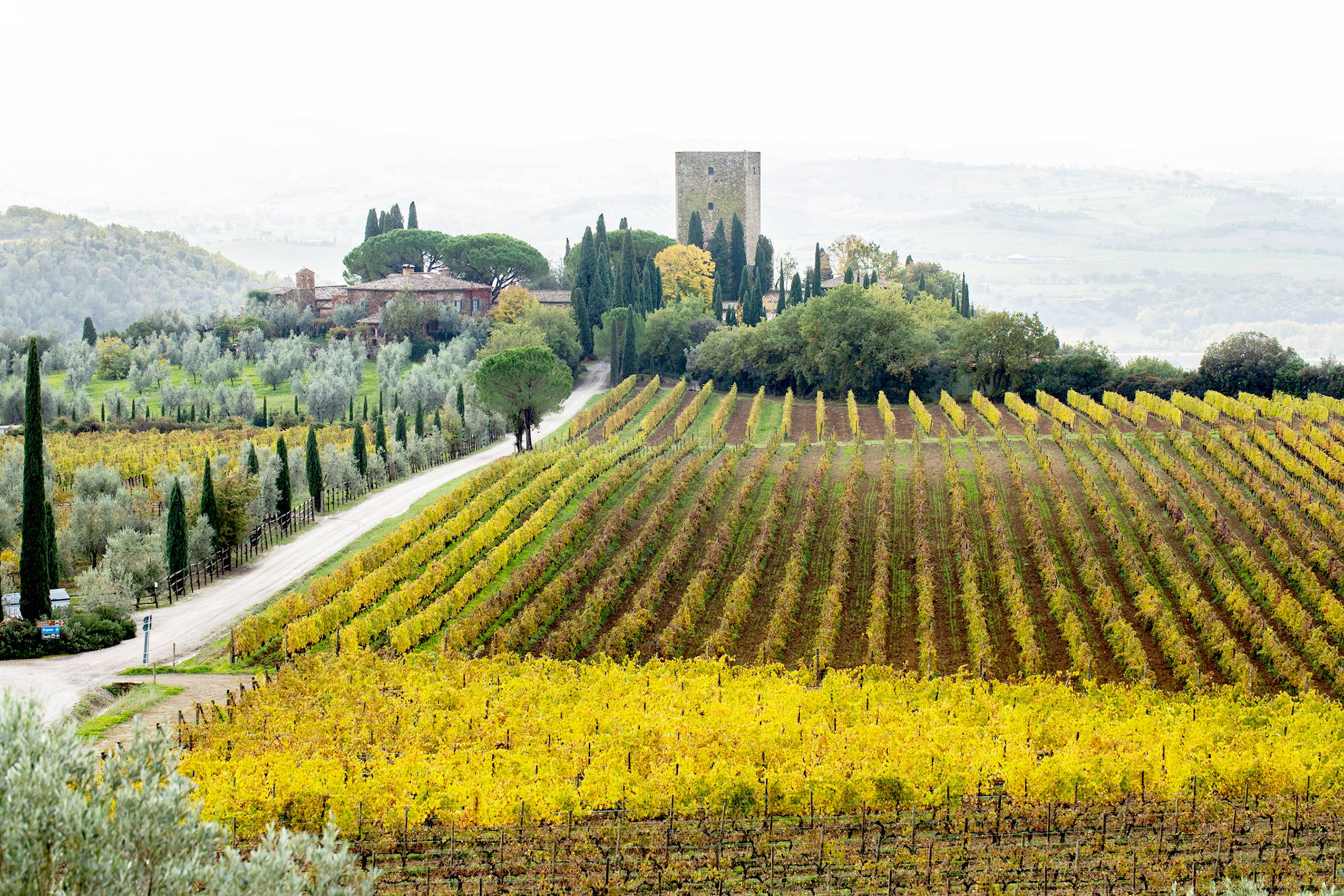
Written in the Stars
“In three days, we can alter a vintage,” says Elisa Sesti, co-director of Sesti winery in the Sant’Angelo in Colle zone in the southern part of the Montalcino DOCG, as we discussed recent challenging vintages.
Sesti is a winery that I had been aware of for a few years, but it had slightly slipped under my radar. I knew they had, at their Castello Argiano estate, a beautiful 13th-century castle, which is depicted on the label of their Brunello di Montalcino; that the family was the result of the marriage between Italian-born Giuseppe Maria Sesti and his English wife Sarah; that Giuseppe Sesti, Elisa’s father was very interested in and knowledgeable about astronomy and had written several books on the subject. This love of the stars and constellations is reflected in the name and on the label of their flagship Riserva wine, “Phenomena,” which alludes to a rare or special astronomical event occurring in the year of each vintage. I also knew that as wine producers, they follow the cycles of the moon in their winery and vineyard operations.
All of this was more than enough to tempt me to make a proper visit, but what finally persuaded me was tasting the 2017 Brunello di Montalcino Phenomena Riserva at the Benvenuto Brunello event in Montalcino in November 2022. I scribbled a little note to myself: “This Phenomena is phenomenal!” So, after a series of late-night texting via a mutual friend, we arranged an impromptu visit the next morning, which turned out to be unforgettable. The vertical tasting was set up for me in the most beautiful setting: a candlelit 9th-century chapel on the Sesti estate. The wines themselves were a revelation. The Rosso di Montalcino, the Brunello di Montalcino, and the Phenomena Riserva were all beautifully balanced with no hard edges. They flowed gracefully across the palate with an inner harmony. I wondered why sometimes they seem not to get the scores they deserve. Perhaps harmonious wines are easier to overlook than big-impact wines, wines with smoke, toast and vanilla from oak or with powerful tannins or intense fruit.
Sesti’s wines subtly caress the palate instead of making a bold statement.
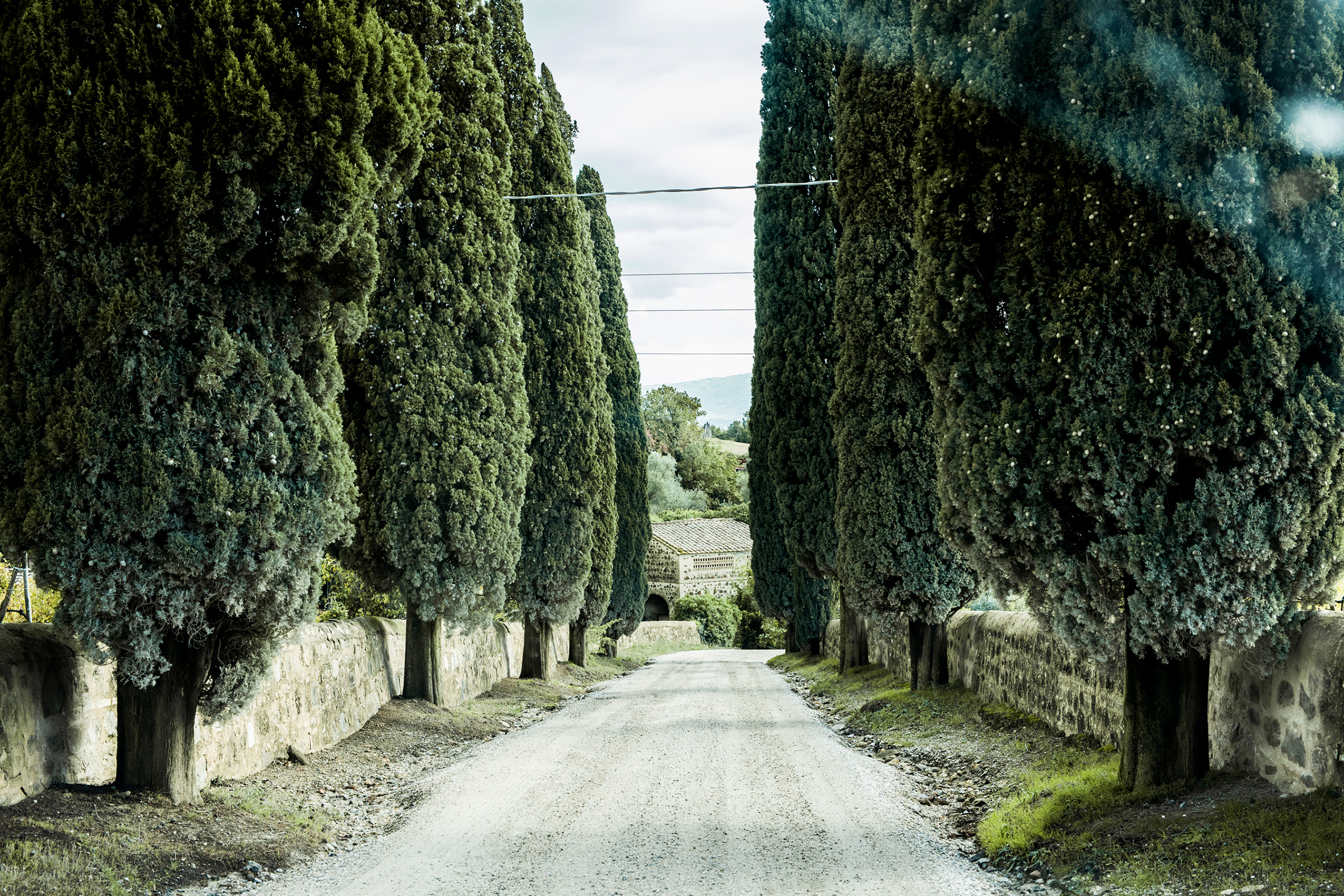
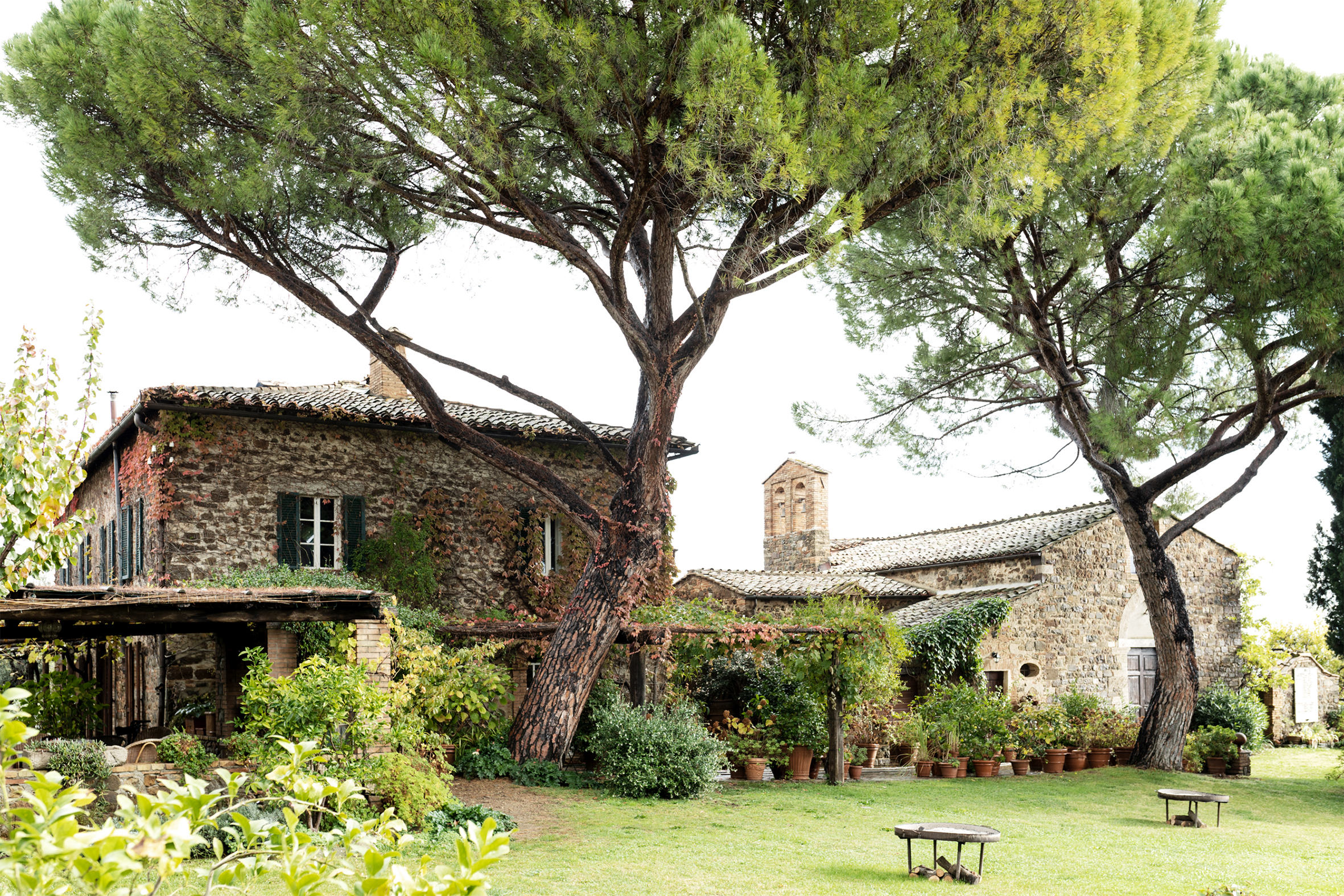
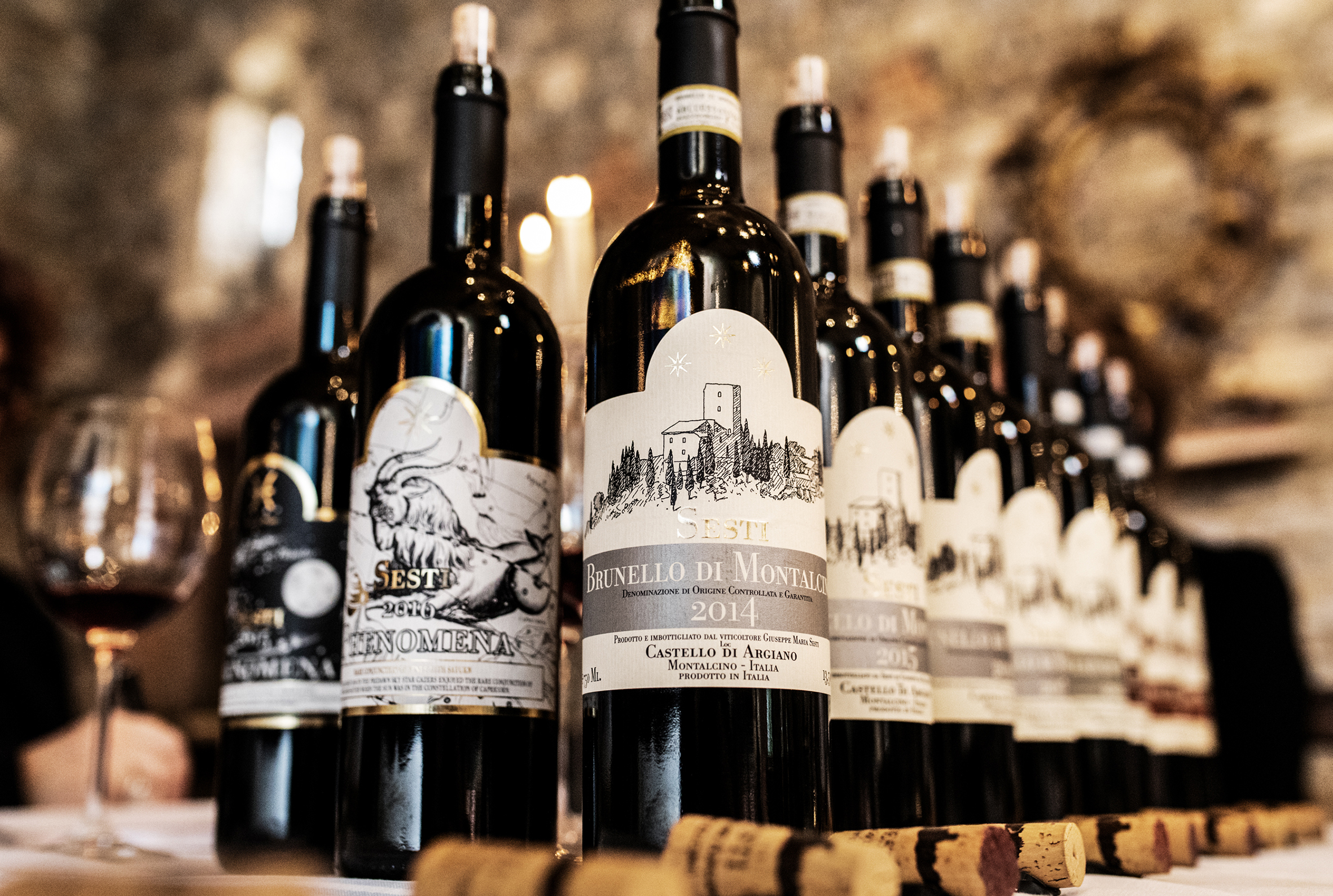
Sicilian by blood, Giuseppe Sesti’s family was from Palermo, but he grew up in Venice. Elisa’s mother and father had both left home at 16. They were both from military families. Her father had wanted to be a fresco painter and had studied at the Accademia in Venice. He was classically educated and even undertook a “Grand Tour,” which was very unusual in the 1960s. Part of this tour was a 55-day journey across the Sahara Desert with a group of Berbers, and it was there that he first learned about astronomy, later studying in Marrakech and Fez.
Giuseppe arrived at Castello Argiano in 1975 with his wife and young family when most of the land was covered in thick woodland and olive trees, and the run-down estate was almost impenetrable. There was a tree growing through the roof of the living room and chickens scratching about the floor, and he is reported to have said that it took him two hours to scythe his way to the front door when he went to view the property. He had not set out to be a Brunello producer; he had bought the estate as a quiet retreat while he ran a Baroque Opera music festival in a nearby town, which he continued to do for 30 years. However, as his English was so good, he was often called upon by local Brunello producers to interpret for them with importers and other important visitors in the late 1970s and 1980s. Eventually, in 1990, he planted some vineyards and became a Brunello producer almost by chance…or perhaps it was written in the stars.
Giuseppe’s study of the moon and the stars was, from the start, an important part of their grape-growing and winemaking process. They follow the phases of the moon for planting vineyards, for pruning, and for movements of wine around the winery. These activities always take place after a full moon and never on a waxing moon. Elisa explained, “When you do this, everything is much calmer and less stressed inside and outside the cellar.” An example she gives is vine pruning: the pruning wounds produce tears or “lacrime,” but if done on a waning moon, there are no tears, and the pruning wounds heal more quickly. Similarly, they never bottle on a full moon, only when the moon is descending. This is a belief shared by many of the older vignerons who Giuseppe knew: liquids are less turbulent and agitated when the moon is waning, so bottling is less traumatic for the wine, which as a result, needs fewer sulfite additions or treatments. The only exception to this is that their Sauvignon Blanc is bottled on an ascending moon to give the wine more vitality.
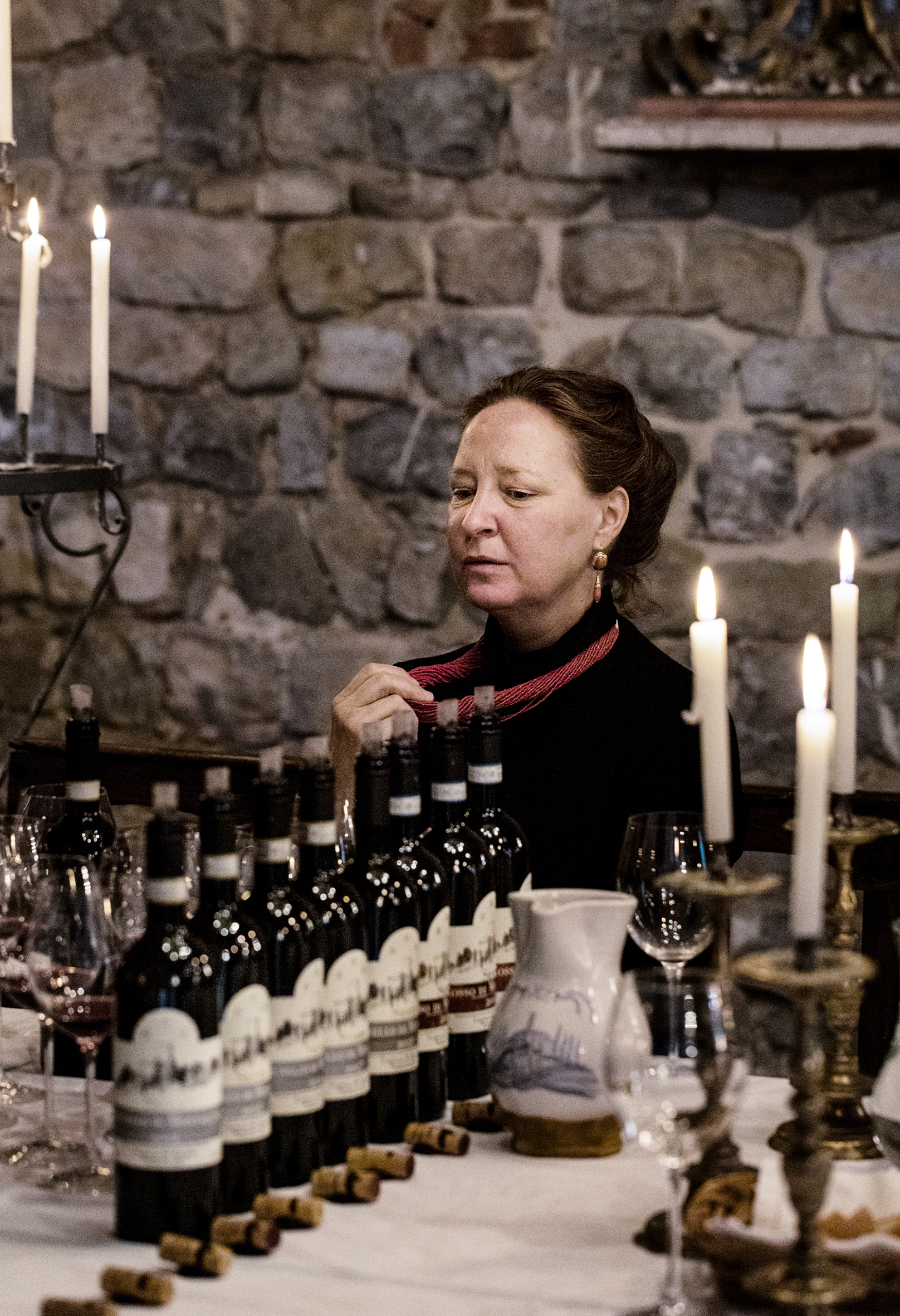
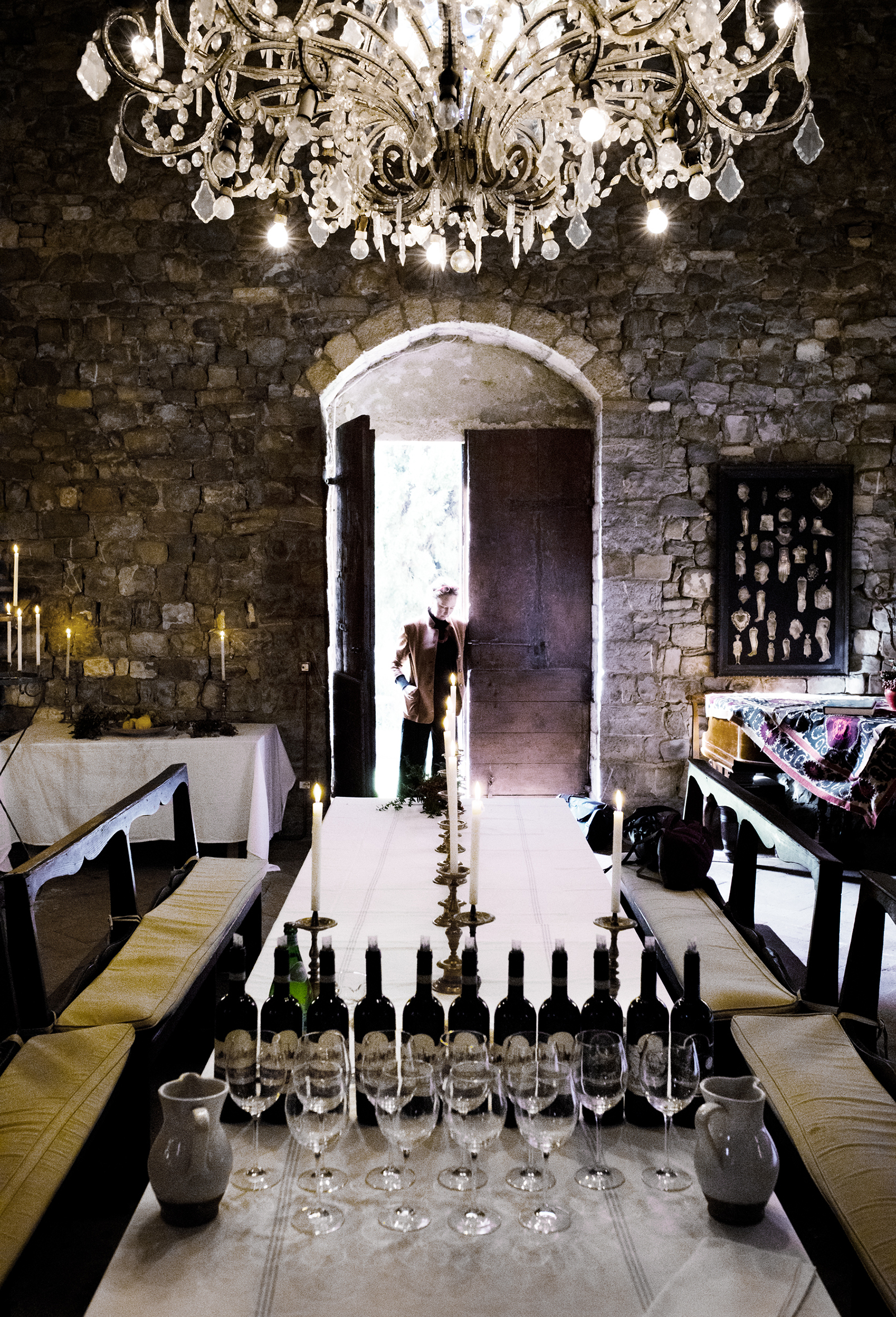
So how does Sesti “alter a vintage” in three days? “…we are small enough to be able to…” says Elisa of their 13 hectares of vineyards. She continues: “2002 [for example] was a drought year, and it didn’t rain from May until August, and then suddenly we had rain. We had asked the Gods for rain, and it came. We had one rain which was fine, a second rain which was fine, then a third rain, and then it started being a bit too much, so what we do is we run into the vineyards, we are suddenly flipping from leaving leaves on the vines for (sun) protection to just editing them off, dropping a good 10% of leaves just to get total aeration. Being on the southern slopes of the Montalcino zone, we were a good two weeks ahead in maturation, so we got in a very healthy 2002. It represents the vintage. It is very elegant”.
"Microclimates are winning cards."
The importance of the sub-zone and of the vineyard climate can be especially noticeable in cooler and wetter vintages; as Elisa pointed out, in 2002, some wineries in the northern zone of Montalcino did not produce any Brunello. These cooler areas were two weeks behind, and as the rain continued, rot set in, and there were many other problems. “So microclimates are winning cards,” Elisa says, “but also, it is the scale of things. I don’t have 55 hectares to edit out … we can go and alter the vintage in a very short period of time. If we’ve got a good team and we can work quickly, we can bring out an expression and quality even in the vintages that throw us some surprises.”
Since 2012, they have used various grassing procedures between the rows and natural compost, which they now mix with straw. Grassing is a useful way to protect the soil from excessive heat and sun exposure in hot vintages as well as soaking up excess rain in wet vintages, and it also helps to prevent soil erosion. In more recent vintages green pruning is not something they do just once a year, it can be four times a year, and at the same time, they have to decide on the density of the foliage. Elisa comments that they “work as gently as possible in the vineyard from May until June or July until they understand better what nature will throw at them this year,” and if necessary, they can go into the vineyard and turn things around depending on the weather. In the cellar, they keep sulfur levels to an absolute minimum, and they prefer a traditional style of maturation in large, Slavonian oak botti, which can be as big as 3000 liters.
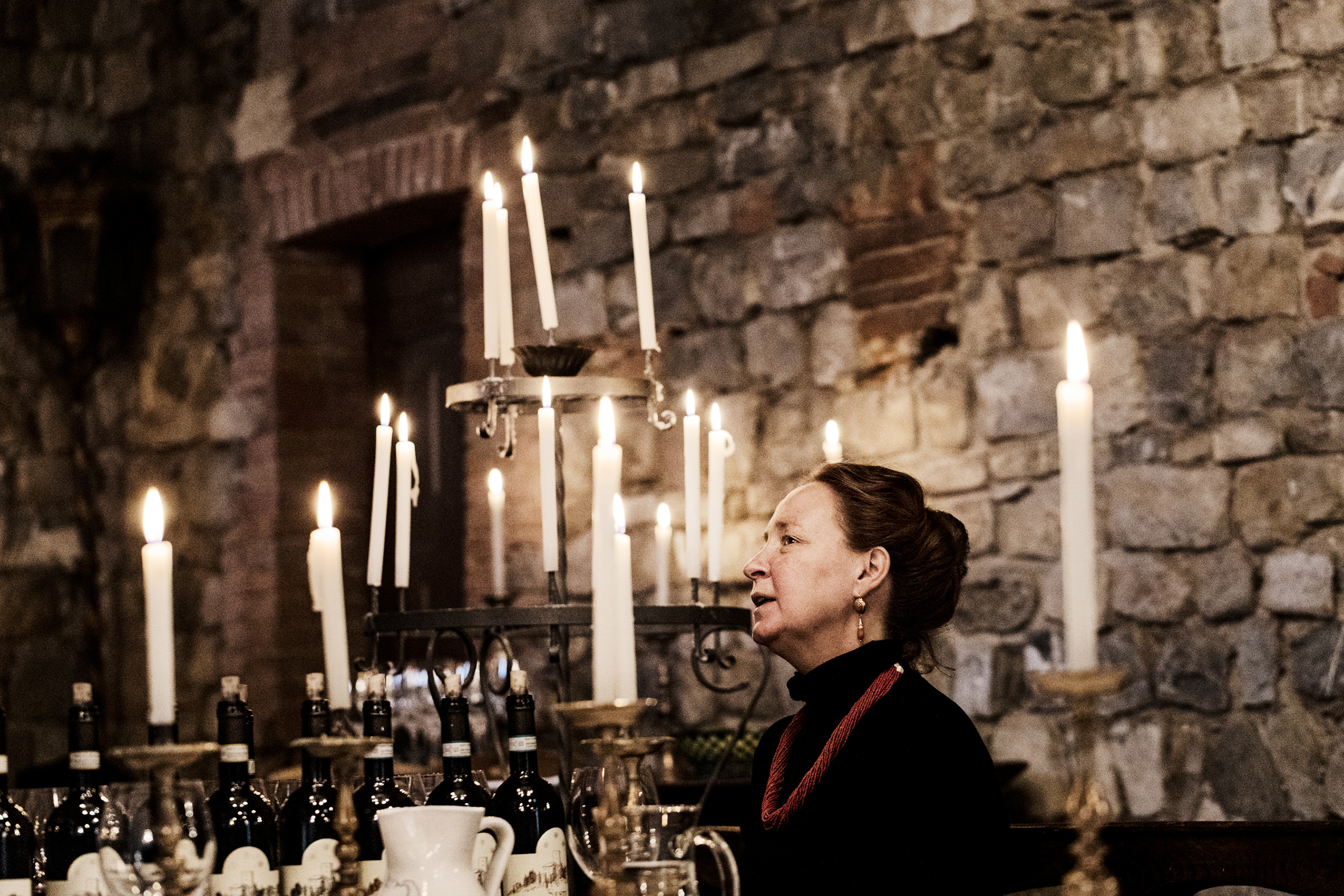
Vini Veri
Sesti makes a very natural style of wine that eschews the use of synthetic chemicals in the vineyards and the cellar. Elisa remarks, “When my parents came here in the 1970s, this was virgin soil, there were some olive trees, but that’s all. The chemical revolution had not happened, so it would have been an insult for us to use chemicals.” They are organic in practice using only natural elements in the vineyard, like copper and sulfur, but they are not certified as organic or biodynamic. As Elisa explains, they “…preferred to be independent researchers and independent winemakers, making what in Italian is now called “vini veri” or “true wines.” Sesti’s “true wines” belong to an ancient winemaking tradition. Elisa explains, “you have to let [the wines] rest; you have to let them find their own rhythm too. They have a movement of their own, and what we try is to work with that; it allows us to have more fresh, more natural, and more expressive wines.” Perhaps it is no surprise that this natural harmony is reflected so beautifully in their wines.
–
Article & Reviews by Susan Hulme MW
Photos by Svante Örnberg
See more work from Svante at svanteornberg.se by clicking here!

PRODUCERS IN THIS ARTICLE
> Show all wines sorted by scoreMore articles
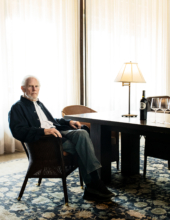
Harlan Estate, BOND, Promontory 2021 and 2011
11th Apr 2024
14 tasting notes
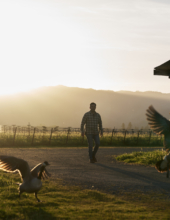
Favia 2012-2021
04th Apr 2024
17 tasting notes
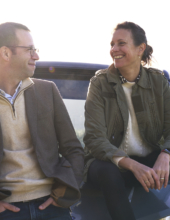
Eisele Vineyard 1971-2021
28th Mar 2024
9 tasting notes
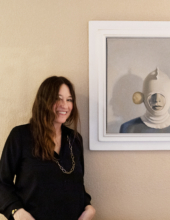
Kimberly Jones Selections 2024 Releases
28th Mar 2024
216 tasting notes
Show all articles